Buying a Panasonic compact camera - what to look out for?
A compact camera is - as the name suggests - very compact and lightweight. This has the advantage that it can be taken everywhere, as it fits into almost any handbag or jacket pocket. Compact digital cameras are especially popular with people who are just getting into digital photography. They offer a great compromise between solid image quality and easy handling. They are also reasonably priced without sacrificing too much in terms of performance. Such models are available from many different manufacturers, so it can be difficult to decide which one to buy. Basically, it is worth looking not only at the market leaders such as Canon and Nikon, but also at other brands such as Panasonic. The latter is known for its excellent price-performance ratio.
The Panasonic Lumix series is characterised by a very extensive selection. There are many different camera models, each offering its own advantages. At the same time, the compact cameras of this brand fit good performance into a limited amount of space. They are accordingly compact and handy, which makes them perfect for travelling. The models from this manufacturer are particularly popular as travel zoom cameras. With their 30x zoom, they cover an enormous range of focal lengths without compromising on image quality. But beware: not all models from the Lumix series are really true compact cameras. There are also some system cameras among them. They are characterised by a larger image sensor and offer the option of changing lenses. The manufacturer uses the so-called Micro-Four-Thirds system for these models, which ensures optimal image quality. Are you unsure whether to choose a compact or system camera? Or do you lose the overview in view of the large selection of Panasonic Lumix compact cameras? In both cases, the guide at the bottom of the website will certainly be of help.
An overview of the most important advantages and disadvantages of Panasonic compact cameras
Are you unsure whether a Panasonic compact camera is right for you? Then take a look at the following list. It contains all the important advantages and disadvantages of the devices at a glance:
The advantages:
- Favourable purchase price
- High resolution
- Compact dimensions
- Light weight
- Many different models with different features
- Fair value for money
The disadvantages:
- Small sensor leads to image noise in low light
- No lens change possible
How to recognise the camera class by the Panasonic product name
The name of a Panasonic compact camera already reveals to which class the respective model belongs. Look for a "TZ" in the name. If so, it is a so-called travel zoom camera. It has some special features, such as at least 30x optical zoom. Nevertheless, these models are very handy. Cameras with an "FZ" in their name, on the other hand, are bridge cameras. They are somewhat larger, but also offer more performance. This includes, for example, up to 60x zoom.
The devices with an "FT" in the model name belong to the outdoor class. They are equipped with a particularly robust and durable housing and are even waterproof. They are therefore ideal for use in adverse conditions. Furthermore, there are cameras with an "LX" in the product name. This is the name of the manufacturer's so-called creative series. Here, the image sensor is larger, but you have to cut back on the zoom, as it is relatively small.
The Lumix system cameras differ from the compact models by the "G" at the beginning of the product name. The particularly high-end equipped devices from this class can be recognised by the "GH" at the beginning of the model name. However, the GF series is currently no longer available in Germany.
About the manufacturer
Panasonic is one of the world's largest and leading electronics manufacturers. The company is known for its qualifications in terms of research skills, for its quality in all products as well as for its production expertise. The company has been manufacturing electronic products since 1918, all of which represent advanced technologies. In the camera industry, the brand unjustly leads a shadowy existence behind other manufacturers and is often underestimated. Yet Panasonic cameras in particular can score many plus points with a good price-performance ratio.
What are the special features of Panasonic compact cameras?
Panasonic compact cameras are small and handy, yet powerful, and are therefore suitable for all hobby photographers who want to take photos easily and everywhere. It is practical that there is a separate model series with different camera types for every purpose. Accordingly, there is something for every requirement. For example, there are travel zooms, outdoor cameras and devices for creative photographers. Although the sensors of the compact digital cameras are relatively small, they are still capable of delivering satisfactory image quality. Of course, the imaging performance cannot be compared with system or SLR cameras, as these have a larger sensor. Especially in low light conditions, the devices reach their limits because of their small sensor. However, there are no significant differences between modern Panasonic models and the devices from other manufacturers.
With a compact camera, it is not possible to change the lenses. It is therefore all the more important to ensure that you buy a high-quality Leica lens. It should not only cover a sufficient focal length range, but also have a high-quality coating and offer good speed. The features of Panasonic compact cameras leave nothing to be desired. Depending on your preferences, there are models with up to 60x zoom, while the manufacturer has focused more on creative setting options in other devices. All devices convince with a fair price-performance ratio: with a Panasonic compact camera you really get extensive performance for a low price, which is a clear argument for this manufacturer.
Compact digital camera or rather system camera?
Many hobby photographers wonder whether they should still start with a compact camera at all or whether it would not be better to choose a system camera directly. The Panasonic Lumix range also offers a large selection of corresponding models. They are characterised by the fact that the sensor area is larger. For this reason, the imaging performance is also better, because the image noise is reduced. Especially if you often shoot in low-light situations, this is a considerable advantage. Another argument in favour of the system camera is that it is possible to change lenses. Depending on the lighting conditions and the shooting situation, you can therefore equip your Panasonic Lumix system camera with a different Leica lens. However, these two advantages naturally come at a price: system cameras are of course much more expensive than Lumix compact cameras.
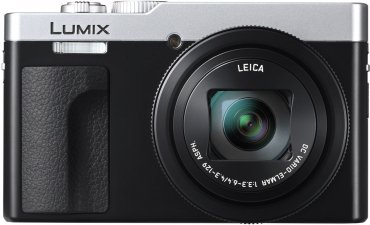

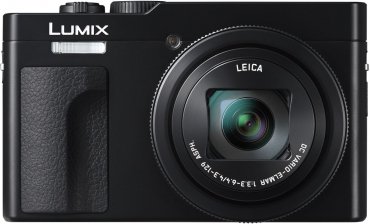
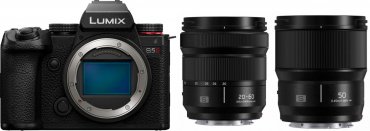
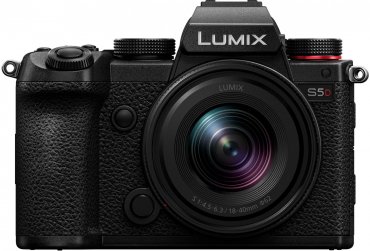
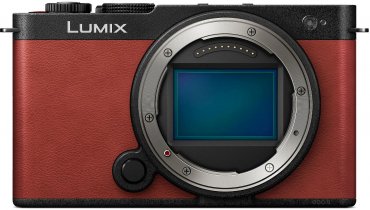
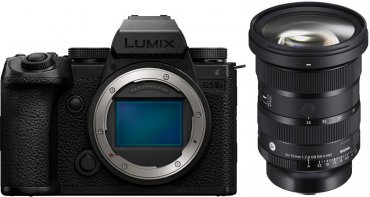

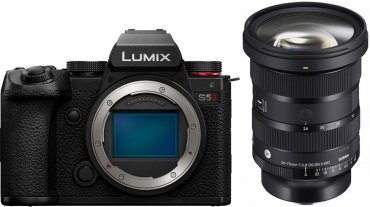
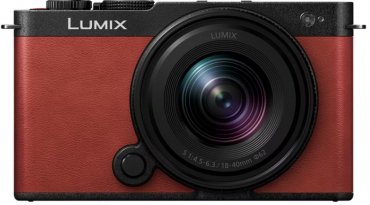
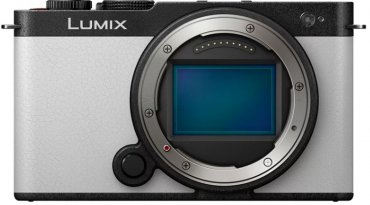
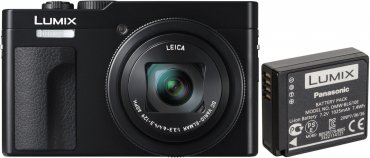
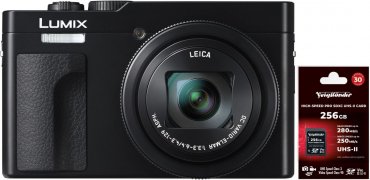
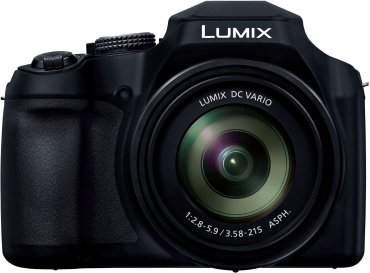
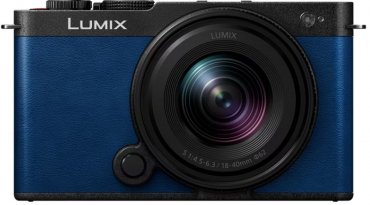
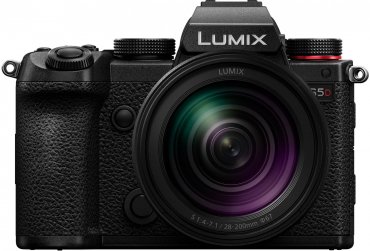

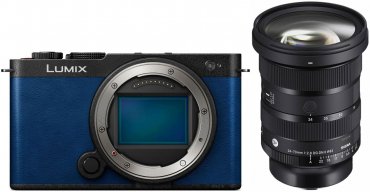
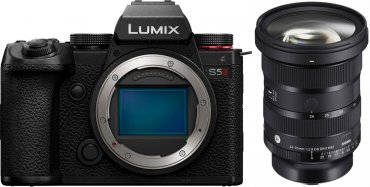
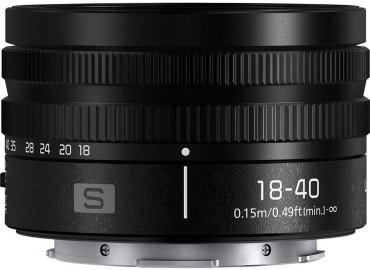
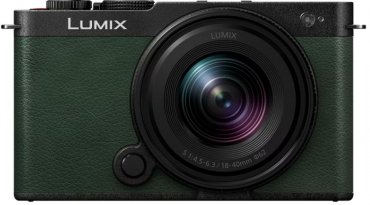
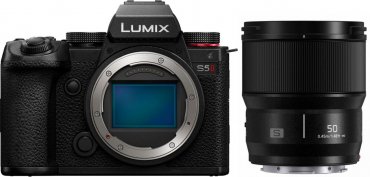
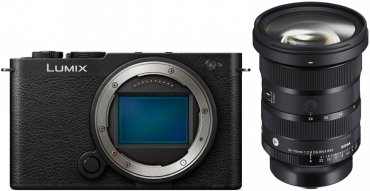
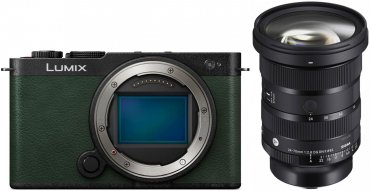

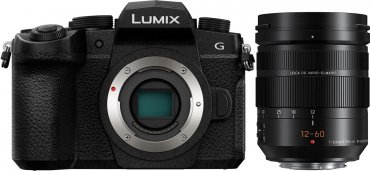
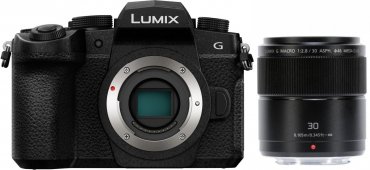
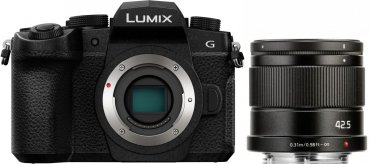
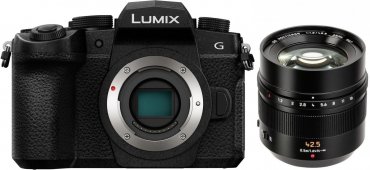
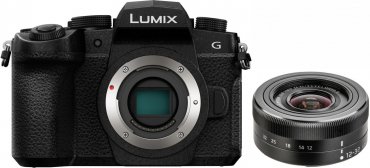
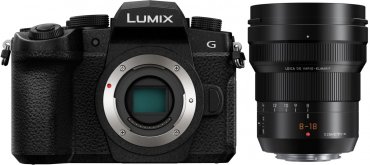
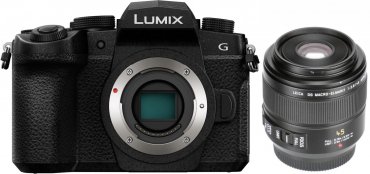
Simply subscribe and benefit as a newsletter recipient every week: